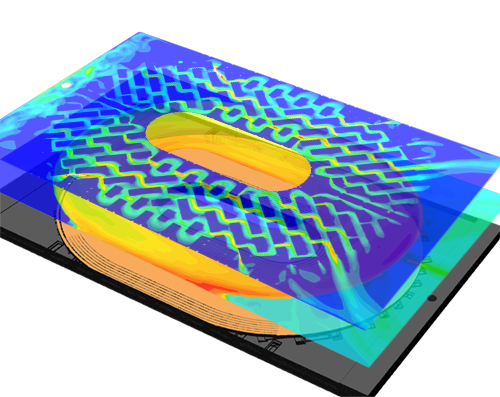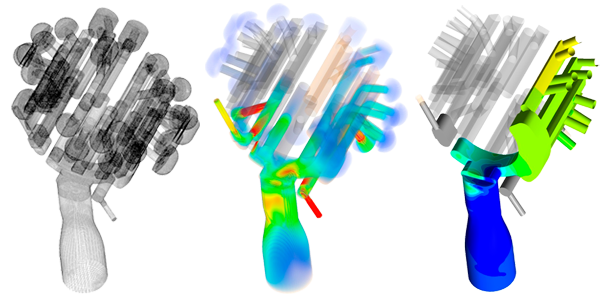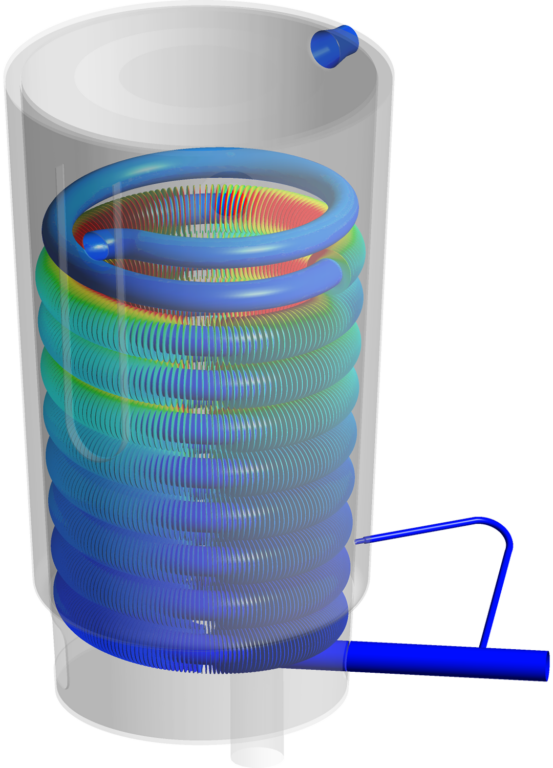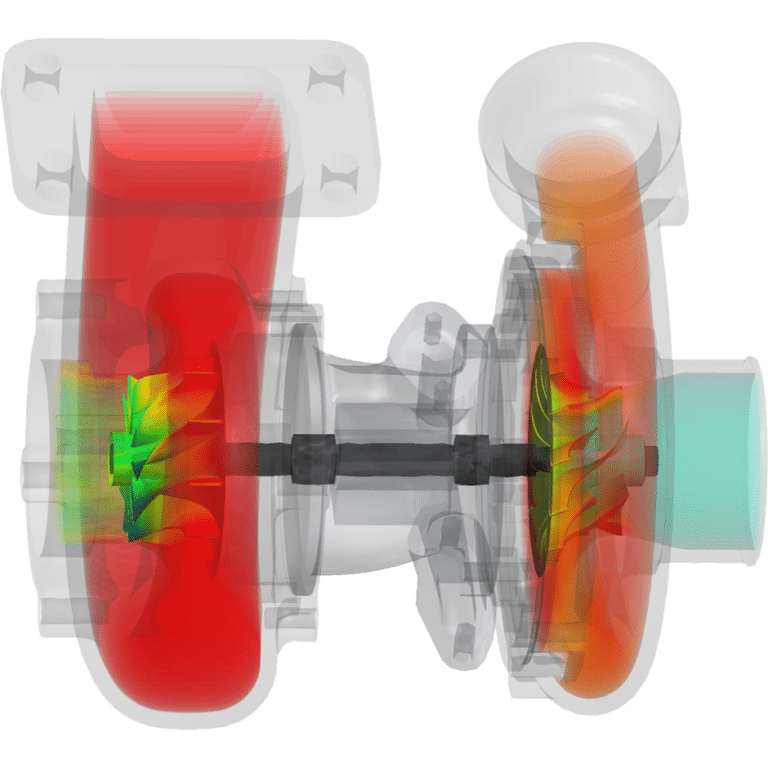Context
In order to be transmitted to high-voltage lines and distributed, the electricity generated by nuclear power plants must be matched to the grid voltage. To achieve this, power transformers are installed on each unit. Given the electrical power involved, it is necessary to evacuate thermal losses, generally by means of the oil bath in which the magnetic circuit and winding are immersed. The oil is then circulated, either mechanically (pump) or by natural convection.




